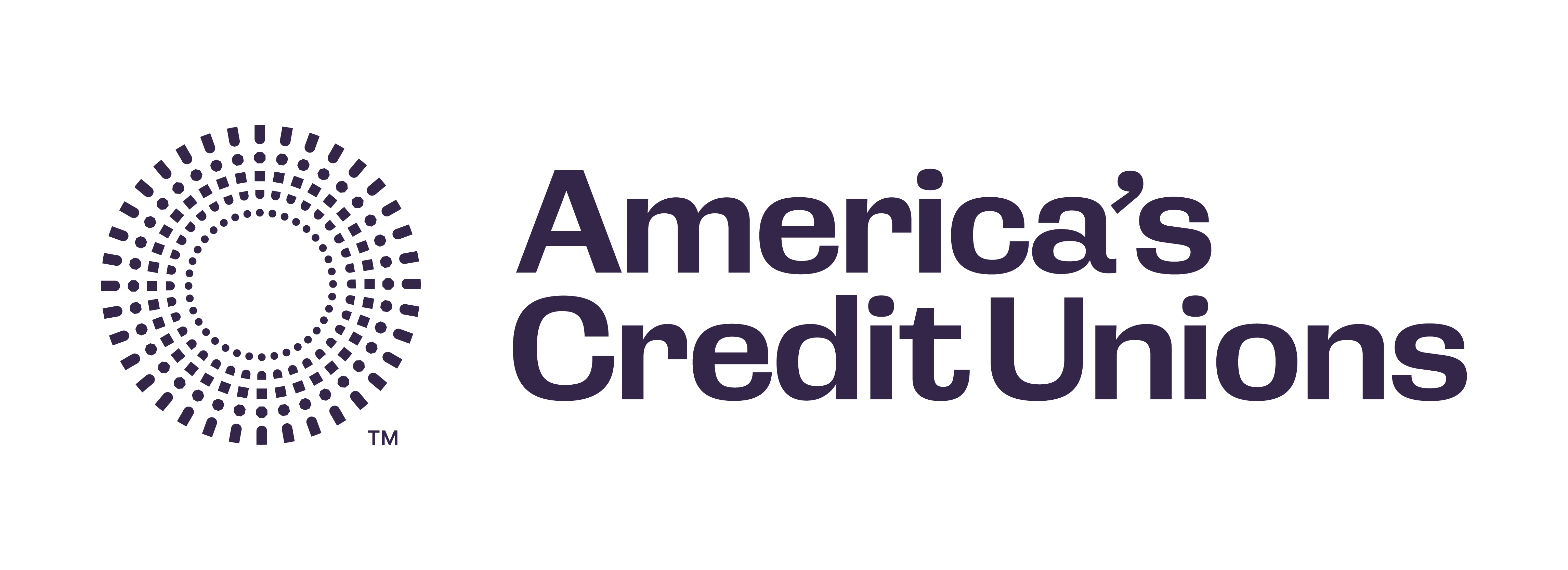Newsroom
October 10, 2014
NAFCU backs fixed-assets proposal, suggests improvements
NAFCU Director of Regulatory Affairs Mike Coleman thanked NCUA Friday for its proposed changes to its fixed assets regulation and recommended further tweaks that would help achieve the clarity and relief NCUA says it's aiming for.
Coleman welcomed NCUA's proposal to remove the 5 percent cap on federal credit union investments in fixed assets – one of the key items flagged for change in the association's "Dirty Dozen" list. The proposal would allow a federal credit union to exceed the 5 percent cap if it establishes a fixed asset management, or FAM, program including written policies, board oversight and ongoing internal controls. "We believe this proposed mechanism is a much more effective means of supervising FCUs' safe and sound management of fixed assets," Coleman wrote.
As to what types of minor acquisitions or equipment purchases should be exempted from supervisory scrutiny, Coleman suggested exempting desktop technologies such as computer monitors, printers, faxes, scanners, copiers and telephones; upgrades or renewals of existing desktop software and ATMs.
The proposal would also permit a federal credit union up to five years from the date it acquires new property for future expansion to meet the partial occupancy requirement. Noting that some NAFCU members are concerned the occupancy requirements overall hamper long-term planning by safe, sound federal credit unions, Coleman recommended eliminating all occupancy requirement from the rule.
Coleman welcomed NCUA's proposal to remove the 5 percent cap on federal credit union investments in fixed assets – one of the key items flagged for change in the association's "Dirty Dozen" list. The proposal would allow a federal credit union to exceed the 5 percent cap if it establishes a fixed asset management, or FAM, program including written policies, board oversight and ongoing internal controls. "We believe this proposed mechanism is a much more effective means of supervising FCUs' safe and sound management of fixed assets," Coleman wrote.
As to what types of minor acquisitions or equipment purchases should be exempted from supervisory scrutiny, Coleman suggested exempting desktop technologies such as computer monitors, printers, faxes, scanners, copiers and telephones; upgrades or renewals of existing desktop software and ATMs.
The proposal would also permit a federal credit union up to five years from the date it acquires new property for future expansion to meet the partial occupancy requirement. Noting that some NAFCU members are concerned the occupancy requirements overall hamper long-term planning by safe, sound federal credit unions, Coleman recommended eliminating all occupancy requirement from the rule.
Share This
Related Resources
Add to Calendar 2024-06-26 14:00:00 2024-06-26 14:00:00 Gallagher Executive Compensation and Benefits Survey About the Webinar The webinar will share trends in executive pay increases, annual bonuses, and nonqualified benefit plans. Learn how to use the data charts as well as make this data actionable in order to improve your retention strategy. You’ll hear directly from the survey project manager on how to maximize the data points to gain a competitive edge in the market. Key findings on: Total compensation by asset size Nonqualified benefit plans Bonus targets and metrics Prerequisites Demographics Board expenses Watch On-Demand Web NAFCU digital@nafcu.org America/New_York public
Gallagher Executive Compensation and Benefits Survey
preferred partner
Gallagher
Webinar
Add to Calendar 2024-06-21 09:00:00 2024-06-21 09:00:00 The Evolving Role of the CISO in Credit Unions Listen On: Key Takeaways: [01:30] Being able to properly implement risk management decisions, especially in the cyber age we live in, is incredibly important so CISOs have a lot of challenges here. [02:27] Having a leader who can really communicate cyber risks and understand how ready that institution is to deal with cyber events is incredibly important. [05:36] We need to be talking about risk openly. We need to be documenting and really understanding what remediating risk looks like and how you do that strategically. [16:38] Governance, risk, compliance, and adherence to regulatory controls are all being looked at much more closely. You are also seeing other technology that is coming into the fold directly responsible for helping CISOs navigate those waters. [18:28] The reaction from the governing bodies is directly related to the needs of the position. They’re trying to help make sure that we are positioned in a way that gets us the most possibility of success, maturing our postures and protecting the institutions. Web NAFCU digital@nafcu.org America/New_York public
The Evolving Role of the CISO in Credit Unions
preferred partner
DefenseStorm
Podcast
AI in Action: Redefining Disaster Preparedness and Financial Security
Strategy
preferred partner
Allied Solutions
Blog Post
Get daily updates.
Subscribe to NAFCU today.
